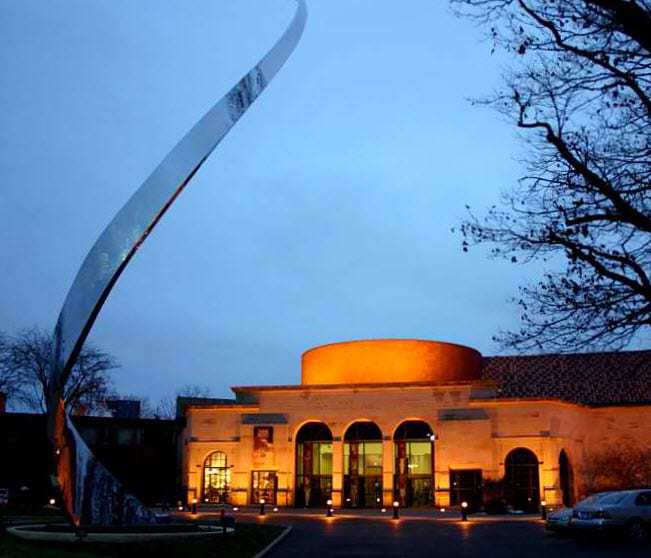
Dayton Art Institute has started using QR Codes with some of their artist’s exhibits. Only a few other museums across the U.S. are using them at this time. The QR Codes were incorporated with the art exhibits last year; they estimated that about 10 percent of the four thousand visitors used them.
The Dayton Art Institute began in 1919 and has grown to be one of the nation’s finest (mid-sized) art museums. The museum now has over 26 thousand objects that cover over a five thousand year history of art. The American Association of Museums has rated the collection as superb in quality.
Their Mission Statement; to be “committed to enriching lives and serving the community by creating meaningful experiences with art,” is part of the inspiration behind the use of the new technology. Using the 2D, Quick Response (QR) codes are enabling them to expand and vary the type of people they can reach.
The QR codes are presently used with about one third of the paintings or items in the special exhibits, and allow the user to upload information and images of the art and even leave feedback about the work. The visitor’s can use their Smartphone to scan the QR code and upload the information. The code reader is (usually) a free application they can download onto the phone.
The QR codes have given them a unique way to reach younger people, and a way to entice some other people. It’s a cool way to use art to interact with the visitors. The QR code system was set up to gather demographic information from the user, and chart which art pieces had the most visits. The information will be used to create added features to the visitor attractions.
